Iraqi forces capture Tal Afar area from IS
Sun 27 Aug 2017, 00:07:25

Iraqi forces have dislodged Islamic State from 70 per cent of Tal Afar, a stronghold of the militants in northwestern Iraq, including its central citadel neighbourhood.
"Seventy per cent of the city has been liberated.... God willing, the remaining part will be liberated soon," Iraqi Foreign Minister Ibrahim al-Jaafari said at a news conference with his French counterpart, Jean-Yves Le Drian, and French Defence Minister Florence Parly, in Baghdad on Saturday.
The offensive on Tal Afar, which lies on the supply route between Syria and the former Islamic State stronghold of Mosul, started on August 20.
The elite Counter Terrorism Service "liberated the citadel neighbourhood .. and raised the Iraqi flag on top of the citadel building," a statement from the Iraqi joint operations command said.
Much of the Ottoman-era citadel itself was destroyed by the militants end 2014.
The city, located 80 km west of Mosul, has produced some of the militant group's most senior commanders. It experienced cycles of sectarian
violence between Sunnis and Shi'ites after the US-led invasion of Iraq in 2003.
Tal Afar, which had a pre-war population of about 200,000, is the latest objective in the US-backed war on Islamic State following the recapture of Mosul after a nine-month campaign that left much of the city, the biggest in northern Iraq, in ruins.
The fall of Mosul effectively marked the end of the self-proclaimed caliphate Islamic State declared over parts of Syria and Iraq in 2014. Tal Afar was cut off from the rest of IS-held territory in June.
Up to 2000 militants remain in Tal Afar, according to US and Iraqi military commanders. The number of civilians left in the city is between 10,000 and 20,000, according to the US military.
"Seventy per cent of the city has been liberated.... God willing, the remaining part will be liberated soon," Iraqi Foreign Minister Ibrahim al-Jaafari said at a news conference with his French counterpart, Jean-Yves Le Drian, and French Defence Minister Florence Parly, in Baghdad on Saturday.
The offensive on Tal Afar, which lies on the supply route between Syria and the former Islamic State stronghold of Mosul, started on August 20.
The elite Counter Terrorism Service "liberated the citadel neighbourhood .. and raised the Iraqi flag on top of the citadel building," a statement from the Iraqi joint operations command said.
Much of the Ottoman-era citadel itself was destroyed by the militants end 2014.
The city, located 80 km west of Mosul, has produced some of the militant group's most senior commanders. It experienced cycles of sectarian
violence between Sunnis and Shi'ites after the US-led invasion of Iraq in 2003.
Tal Afar, which had a pre-war population of about 200,000, is the latest objective in the US-backed war on Islamic State following the recapture of Mosul after a nine-month campaign that left much of the city, the biggest in northern Iraq, in ruins.
The fall of Mosul effectively marked the end of the self-proclaimed caliphate Islamic State declared over parts of Syria and Iraq in 2014. Tal Afar was cut off from the rest of IS-held territory in June.
Up to 2000 militants remain in Tal Afar, according to US and Iraqi military commanders. The number of civilians left in the city is between 10,000 and 20,000, according to the US military.
As in the battle for Mosul, civilians are suffering.
Waves of residents fled the city in the weeks before the battle started. Those remaining are threatened with death by the militants, who have held a tight grip there since 2014, according to aid organisations and residents who managed to flee
No Comments For This Post, Be first to write a Comment.
Most viewed from International
Most viewed from World
AIMIM News
Latest Urdu News
Most Viewed
May 26, 2020
Can Lionel Messi's visit boost Indian football?
Latest Videos View All
Like Us
Home
About Us
Advertise With Us
All Polls
Epaper Archives
Privacy Policy
Contact Us
Download Etemaad App
© 2025 Etemaad Daily News, All Rights Reserved.

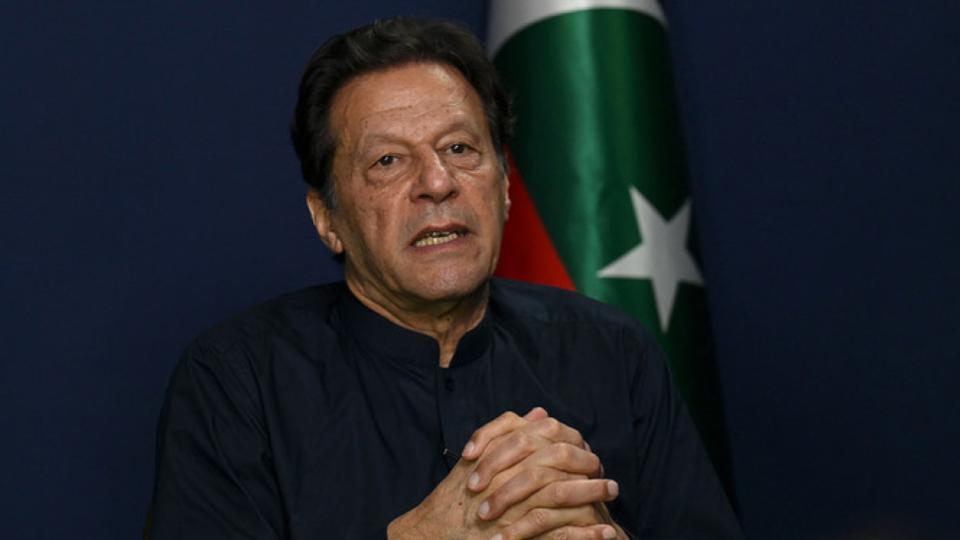


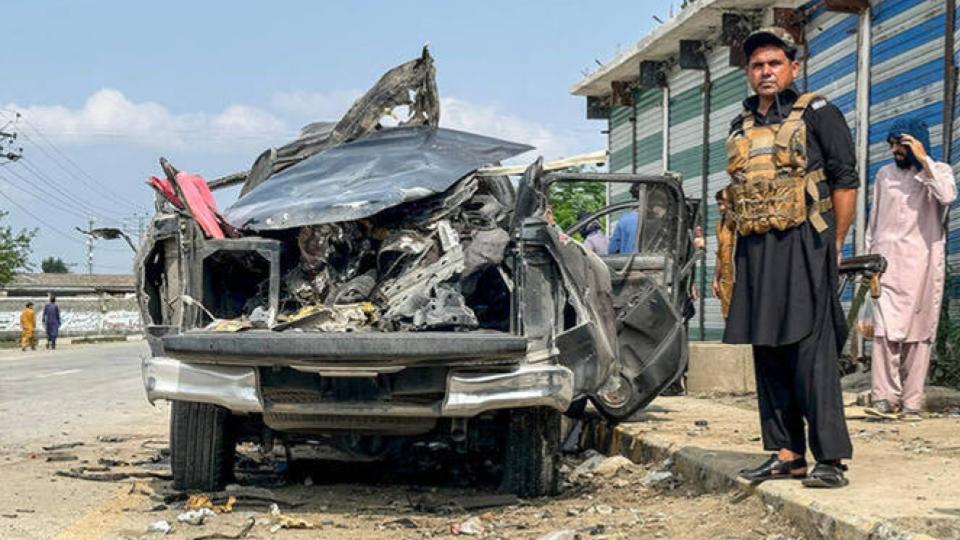


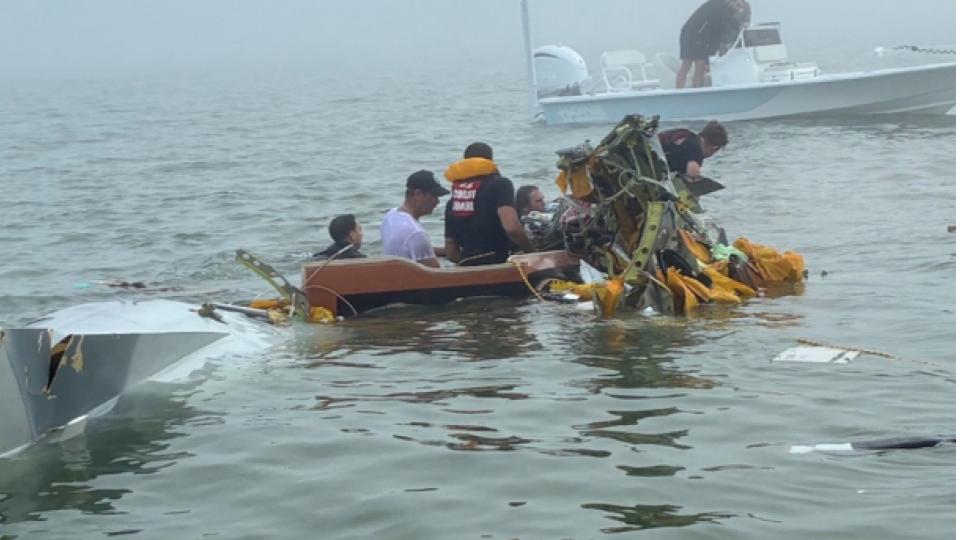
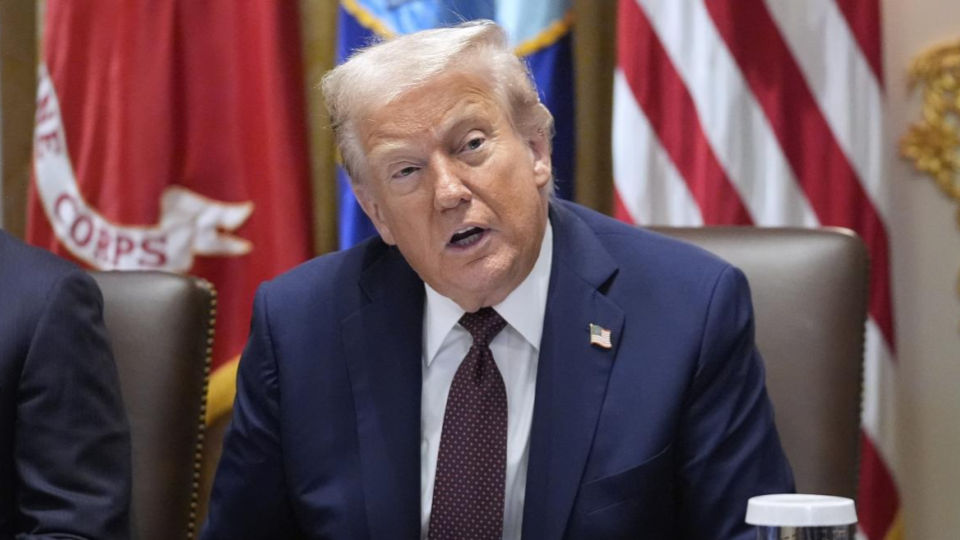


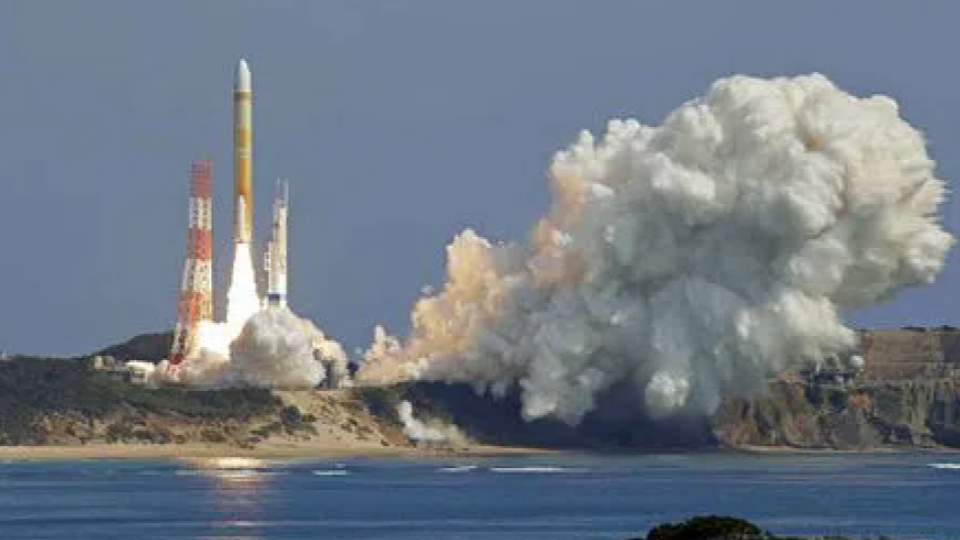
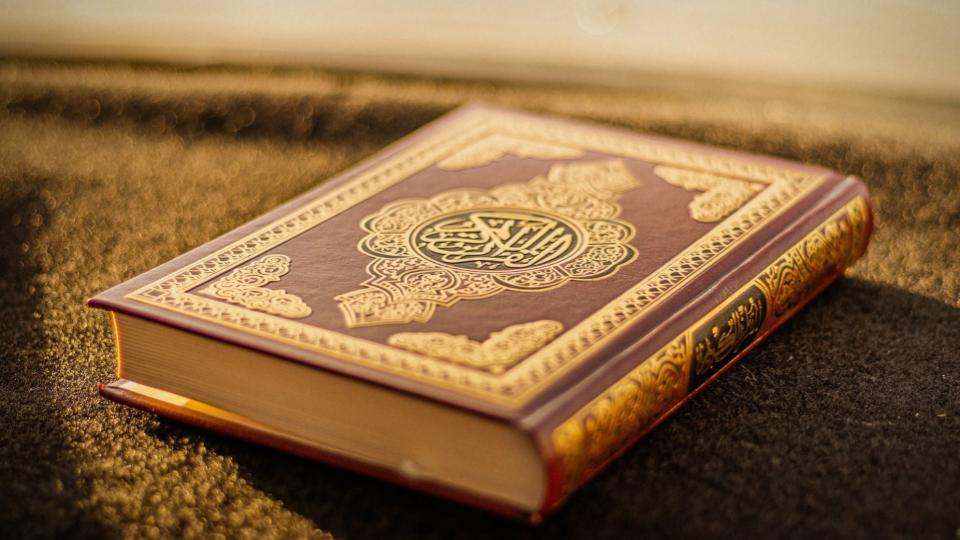


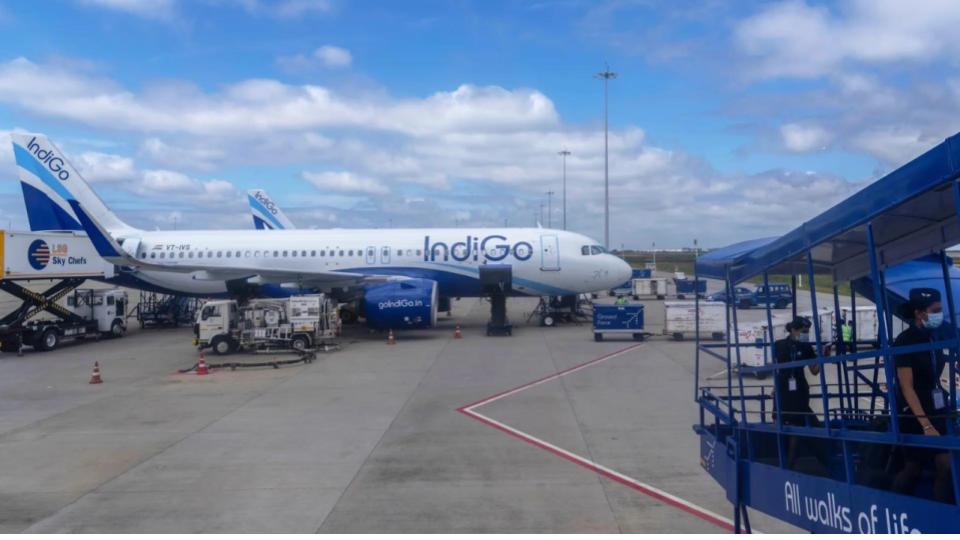
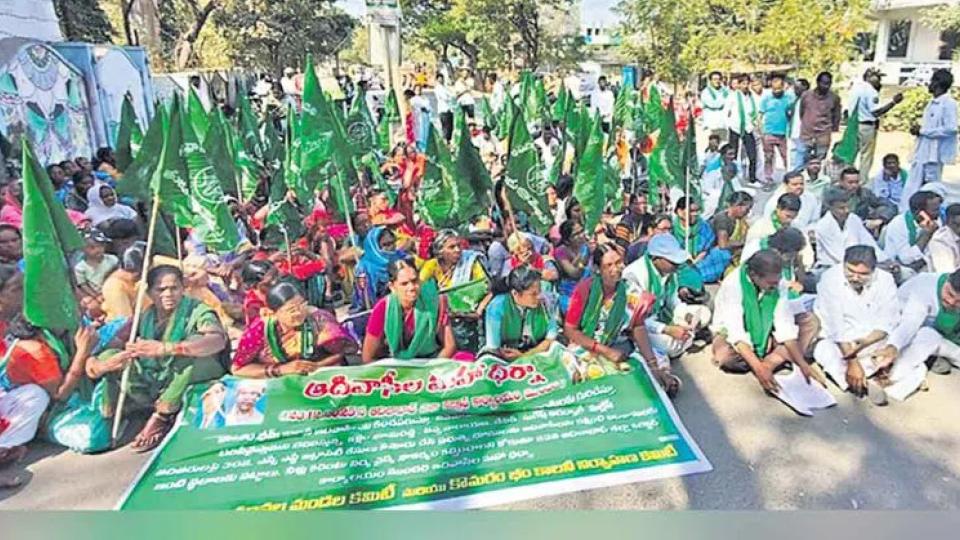







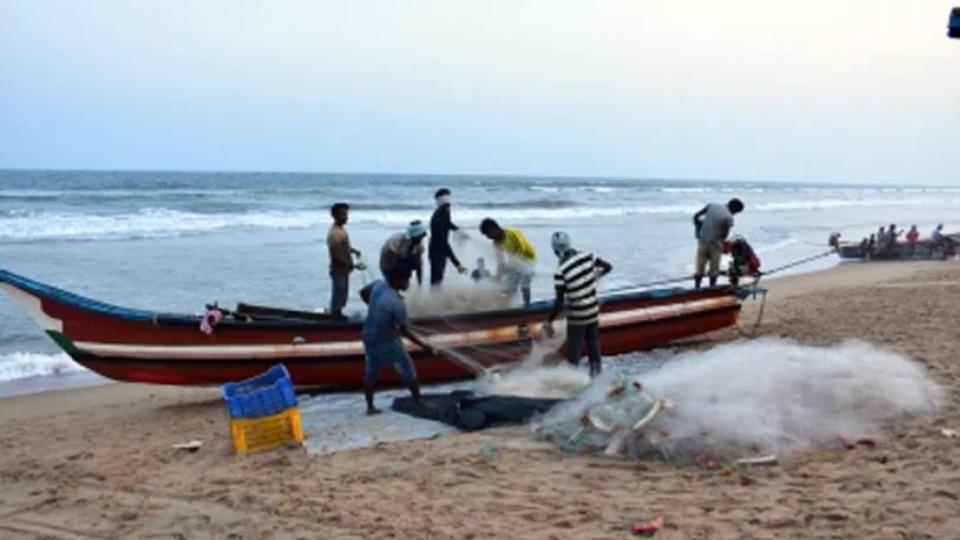







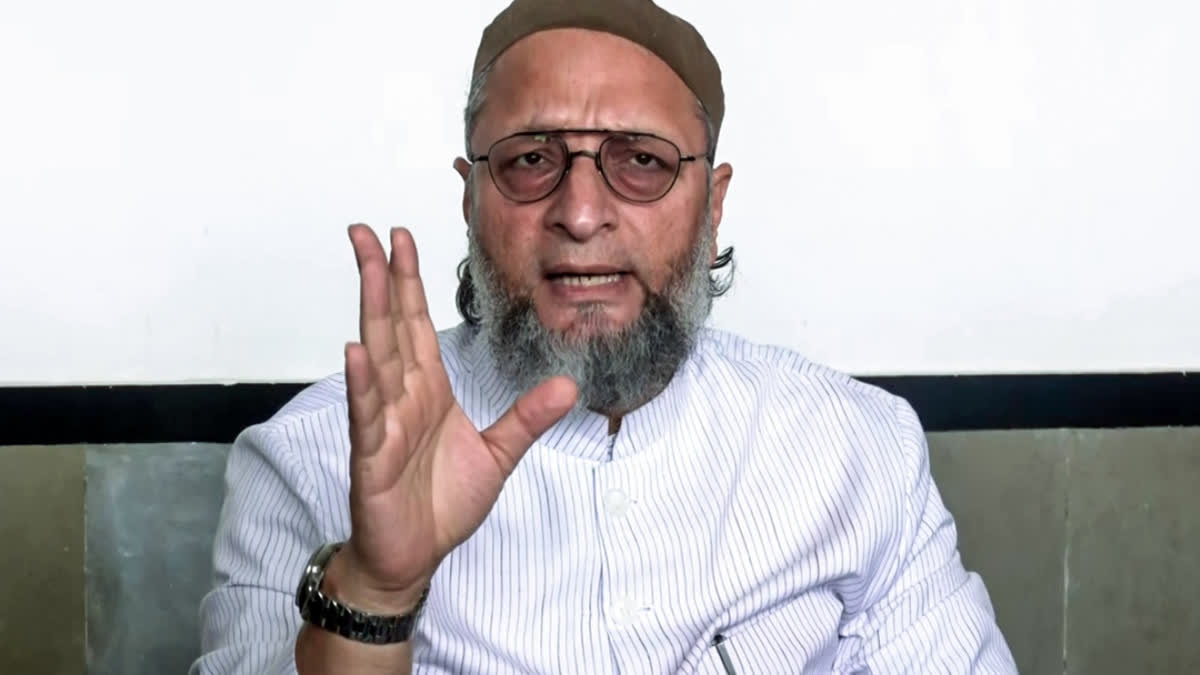
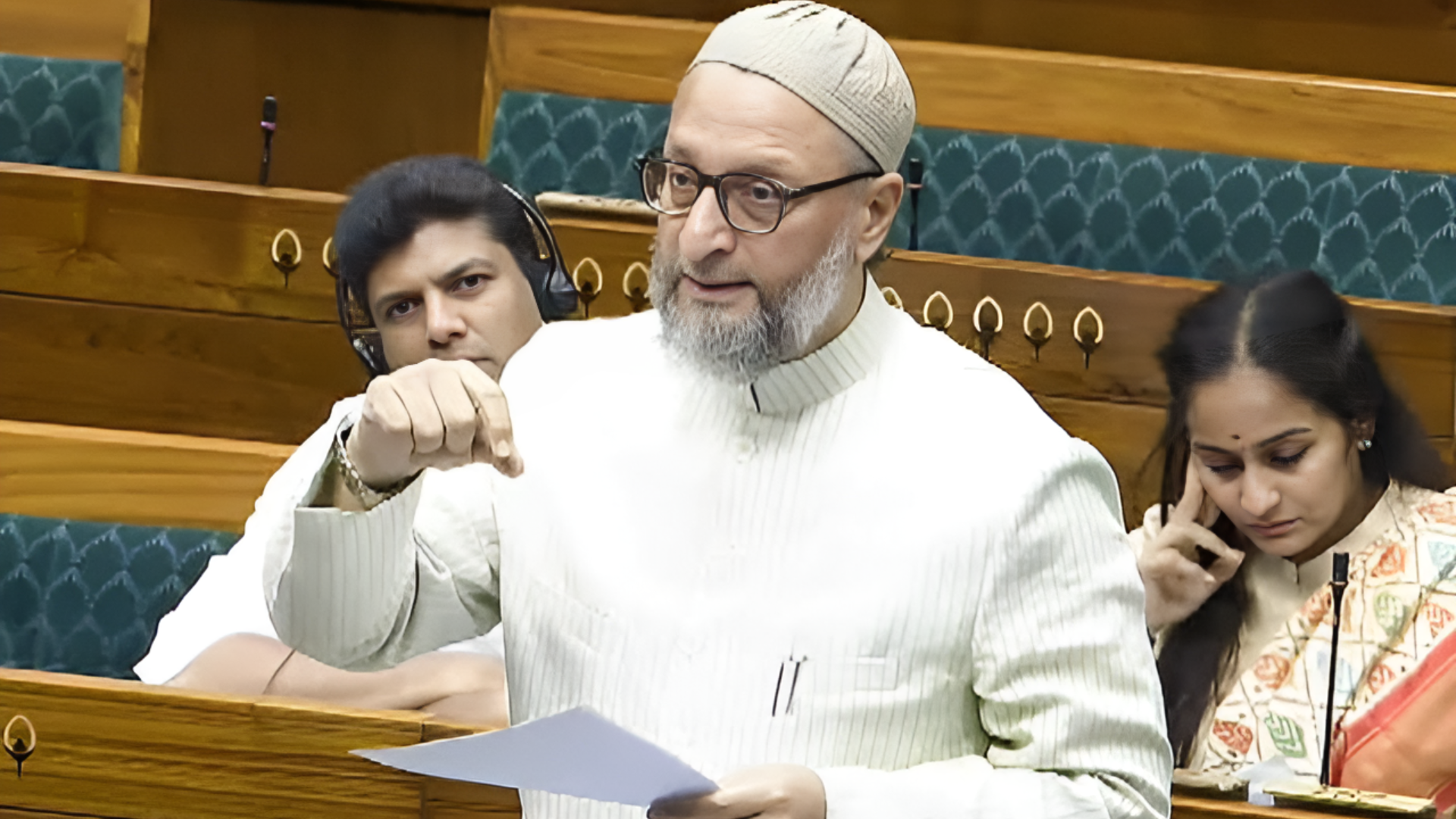
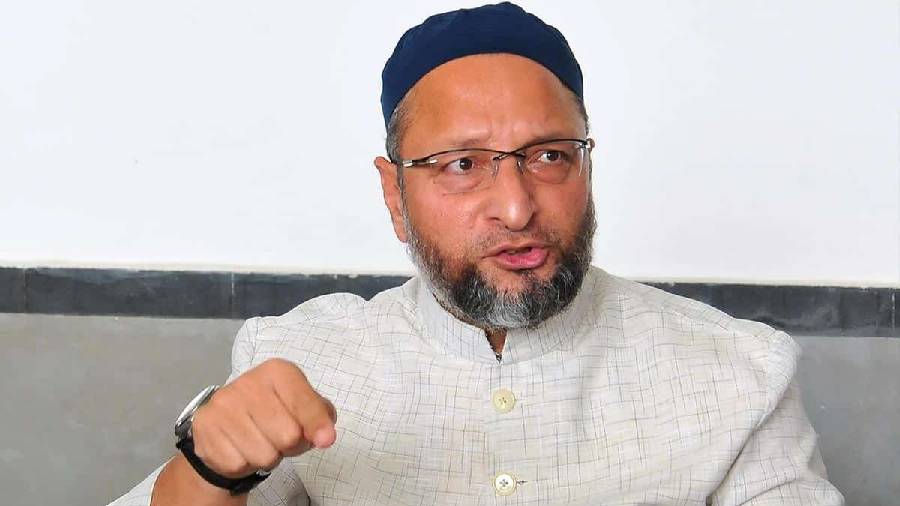
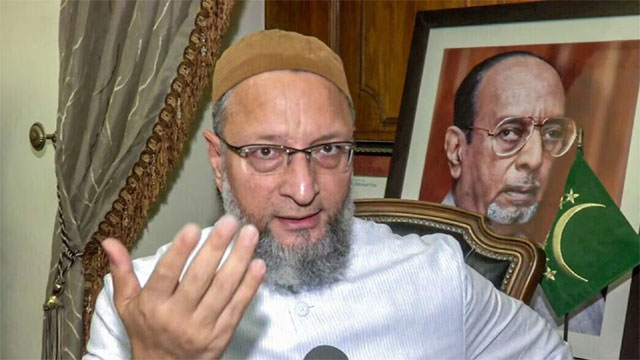

.jpg)
.jpg)
.jpg)


